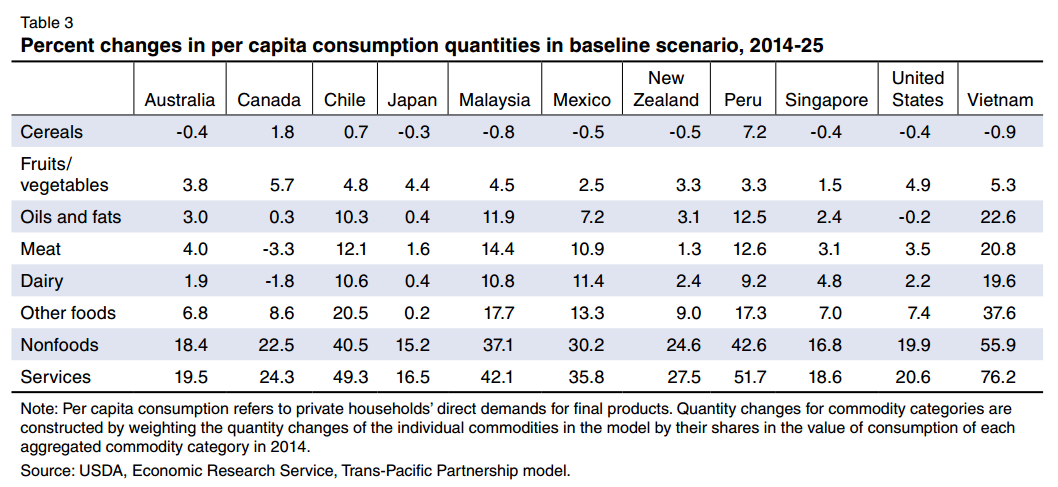Insights into Australia’s vegetable consumers
Are you a conscious improver, eager explorer, wholesome habits or flavour follower consumer?
Australia’s vegetable consumers can be divided into these four groups according to whether they value taste over nutrition and prefer exploring new options over sticking to their old favourites, new research suggests.
Health is the core driver behind the average Australian’s vegetable purchases, but the variety of vegetables they buy is determined by how much they prioritise each of those four key drivers. According to a news release by horticultural body Ausveg, the report, produced by market research agency Colmar Brunton, shows Australian vegetable buyers can be divided into the four roughly equal groups based on their personalities and the benefits they’re looking to get out of their vegetable consumption:
- Conscious Improvers: consumers who love new things and nutritional benefits.
- Flavour Followers: those who aim to buy what they already know they like.
- Wholesome Habits: those who look for nutrition but prefer their staple vegetable choices. (These consumers value recommendations from family and friends, and place less importance on recommendations from media sources.)
- Eager Explorers: buyers who value taste and explore new vegetables. (Nearly 60% of them get inspiration from cookbooks, and around a third of the same group say they take recommendations from media like MasterChef and Better Homes and Gardens.)
Kurt Hermann. Ausveg assistant manager for industry development, said taking the categories into account can provide better insight into what value Australian consumers looking for from their vegetables and where they get their inspiration.
“This data creates the opportunity for growers and other industry members to develop strategies that will connect with each segment and highlight the aspects of vegetables that they really care about.”
The report is part of a consumer and market research project funded by Horticulture Innovation Australia using the National Vegetable Levy and funds from the Australian Government. Ausveg represents more than 9,000 Australian vegetable and potato growers.
source: Ausveg

